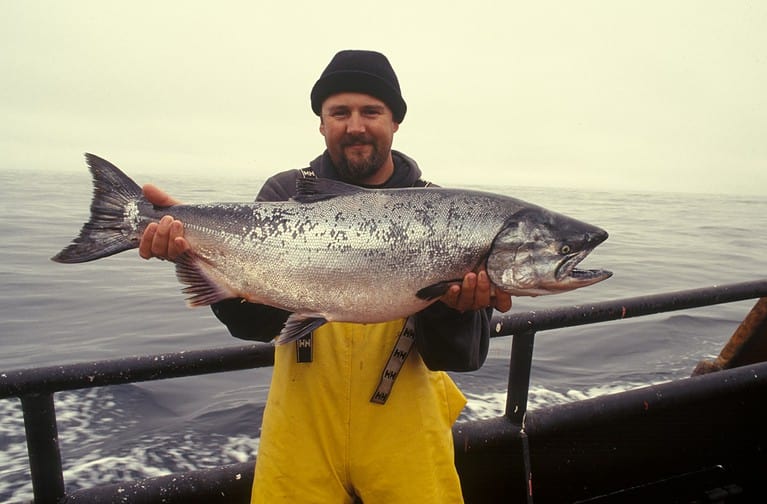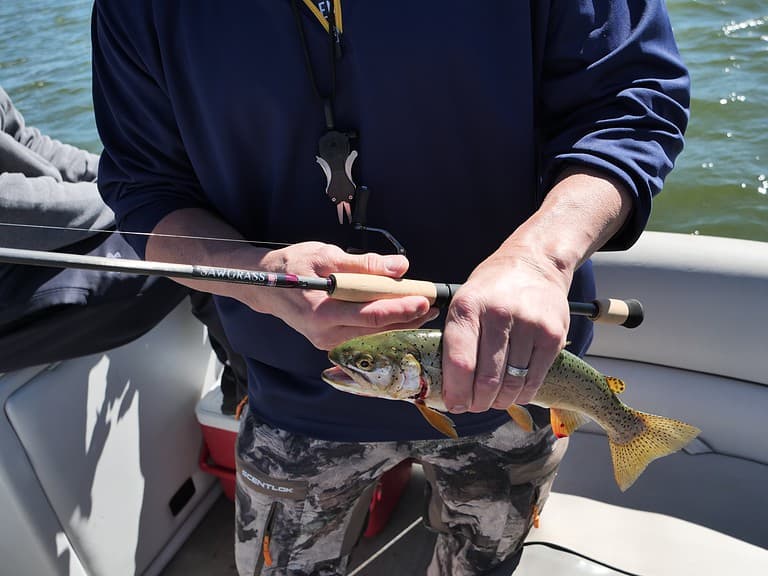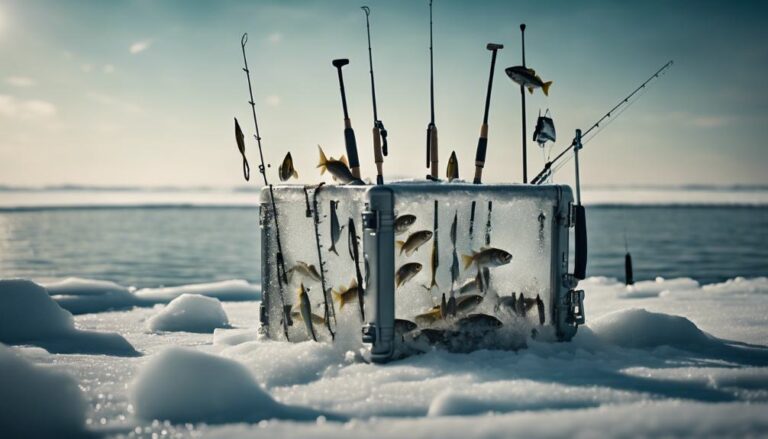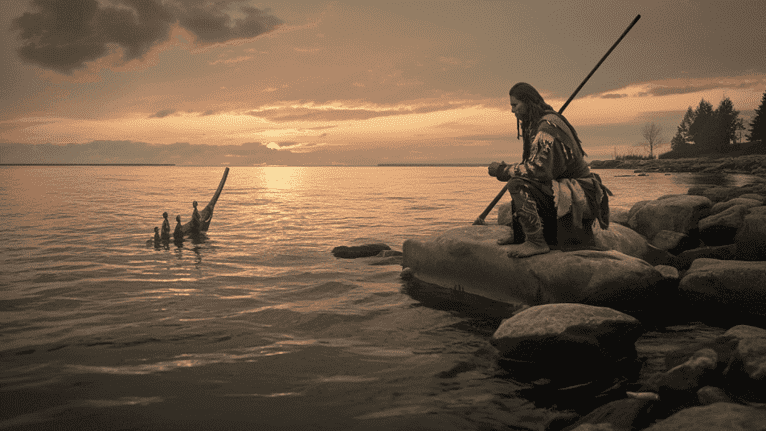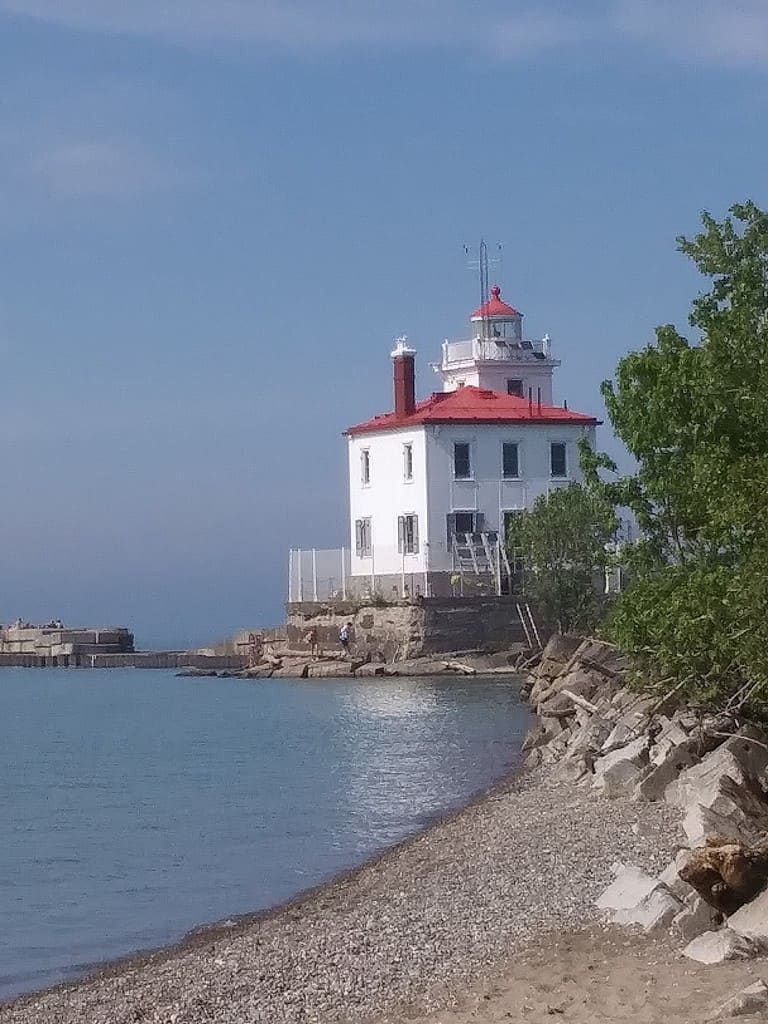Unveiling the Mysteries of Lake Erie Shipwrecks
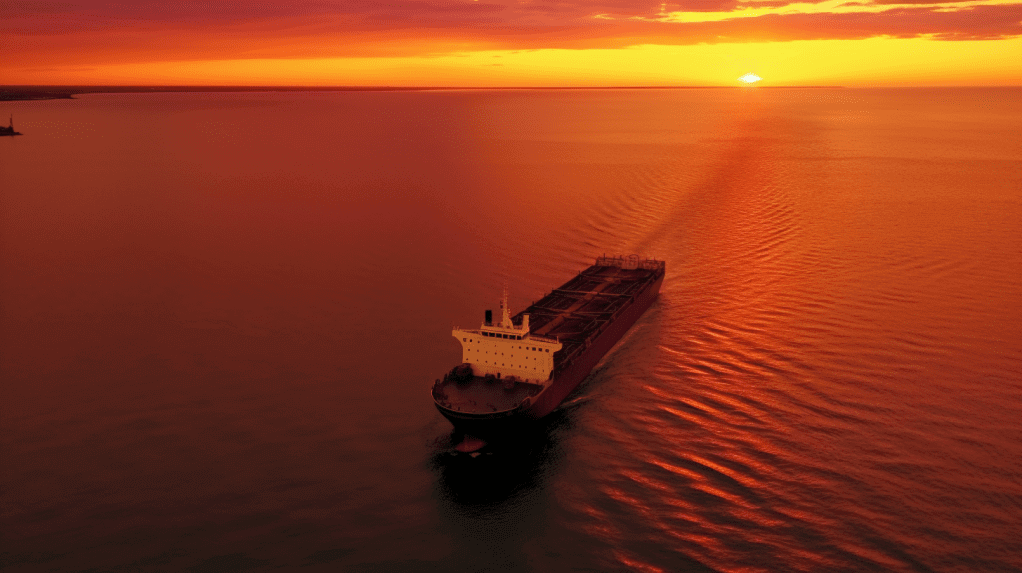
Lake Erie Shipwrecks
Lake Erie, the fourth largest of the Great Lakes, holds a significant place in the annals of maritime history. Stretching 241 miles from end to end, it has coastlines in Ohio, Pennsylvania, Michigan, New York, and Ontario, making it a hub of activity and a vital transportation route for goods and immigrants in the 19th century. However, this bustling activity was not without its perils. The lake’s unpredictable weather, coupled with the absence of modern radar and weather forecasting, led to numerous shipwrecks, earning Lake Erie a reputation as a graveyard of ships.
Our focus in this article is on these shipwrecks – silent remnants of a bygone era that lie beneath the lake’s surface. These underwater relics, each with a unique story to tell, have become a source of intrigue for historians, archaeologists, and divers alike. They offer a glimpse into the past, revealing tales of human ingenuity, bravery, and sometimes, tragedy.
It is estimated that Lake Erie is home to around 1,500 shipwrecks, with approximately 270 confirmed sites. Each of these shipwrecks has a tale to tell, a piece of history encapsulated in its wooden beams and rusted iron. From vessels that served as trading ships to those that met their end due to inclement weather or unfortunate accidents, the shipwrecks of Lake Erie offer a fascinating dive into the past.
Join us as we delve into the depths of Lake Erie, exploring the stories of these shipwrecks and the rich maritime history they represent.
Table of Contents
The Mystery and Allure of Lake Erie Shipwrecks
There’s an undeniable allure to shipwrecks. They are, in essence, time capsules from the past, holding within their decaying structures stories of maritime adventures, human resilience, and sometimes, tragic mishaps. The shipwrecks of Lake Erie are no different. Each wreck has a unique narrative, a piece of history that adds to the rich tapestry of the lake’s maritime past.
The mystery surrounding these shipwrecks only adds to their appeal. Despite the estimated 1,500 shipwrecks believed to be resting in Lake Erie’s depths, only about 375 have been discovered and documented. This leaves a vast majority of these underwater relics undiscovered, their stories untold. The prospect of unearthing these hidden narratives is a significant draw for historians, archaeologists, and divers.
The shipwrecks also offer a unique opportunity for exploration and adventure. Divers from around the world are drawn to Lake Erie, eager to explore the well-preserved wooden wrecks near Buffalo, New York, or the impressive steel bulk freighter wreck of the John J. Boland. Each dive offers a chance to come face-to-face with history, to touch the wooden beams and rusted iron of vessels that once sailed the lake.
But the allure of these shipwrecks extends beyond their historical significance or the thrill of exploration. They also play a crucial role in the local ecosystem. Over time, these sunken vessels have become artificial reefs, providing habitats for a variety of aquatic species. This has made them not only a site of historical interest but also a hotspot for biodiversity.
In the following sections, we will delve deeper into the stories of some of the most notable shipwrecks in Lake Erie, exploring their history, their tragic ends, and the role they now play beneath the lake’s surface.
Notable Shipwrecks
Lake Erie, with its turbulent waters and busy shipping routes, has been the final resting place for many vessels. Each shipwreck has a unique story, some filled with intrigue and mystery, others with tragedy and loss. Here, we explore some of the most notable shipwrecks that lie beneath the lake’s surface.
The Success
The Success holds a unique place among Lake Erie’s shipwrecks due to its colorful history. Built in Burma in 1840, it started its journey as a trading ship, making several passages from England to Australia. However, its role changed dramatically when it was decommissioned as a prison and became a tourist attraction in Australia and then England. The ship even served as a stage for the famous magician Harry Houdini to perform one of his escapes. The remains of the Success, which caught fire and burned to the waterline on July 4, 1946, now lie underwater off Ohio Route 2 exit to Perry Street in Port Clinton.
The Lake Serpent
The Lake Serpent, which sank in 1829, holds the distinction of being one of the oldest shipwrecks discovered on Lake Erie. It was found in 2015 east of the Lake Erie Islands by Tom Kowalczk. The cold waters of Lake Erie have preserved the wooden structure of the Lake Serpent better than saltwater, allowing divers to explore this piece of maritime history.
The Anthony B. Wayne
The Anthony B. Wayne was a wooden steamboat that met a tragic end in 1850 due to a boiler explosion near Vermilion. The explosion and subsequent sinking of the ship serve as a stark reminder of the dangers that early maritime travelers faced.
The Sultan
The Sultan, a wood brigantine, sank during the Civil War while carrying a load of grindstones. The ship and its cargo now rest at the bottom of Lake Erie, a silent testament to the perils of maritime trade during a time of conflict.
Other Notable Shipwrecks
In addition to these, there are several other notable shipwrecks in Lake Erie, including the John J. Boland, an impressive steel bulk freighter wreck that can be penetrated by trained divers; the Betty Hedger, a companion dive to the John J. Boland wreck due to proximity; and the Indiana and Dean Richmond wrecks, which lie close to each other and can both be explored in two dives.
Each of these shipwrecks offers a unique glimpse into the past, revealing tales of human ingenuity, bravery, and sometimes, tragedy. As we explore these underwater relics, we not only uncover pieces of history but also gain a deeper appreciation for the challenges and triumphs of our maritime past.
Exploring the Shipwrecks
The shipwrecks of Lake Erie are not just historical artifacts; they are also sites of adventure and exploration. Divers from around the world are drawn to the lake’s waters, eager to explore these underwater time capsules.
Lake Erie offers a unique diving experience. Its relatively shallow waters and the cold temperatures help preserve the wooden structures of the shipwrecks, allowing divers to explore them in their almost original state. However, diving in Lake Erie is not without its challenges. The lake’s unpredictable weather can change diving conditions rapidly, and visibility can vary greatly depending on the location and time of year.
For those interested in exploring these shipwrecks, there are several diving courses and tours available. These range from beginner courses that teach basic diving skills to advanced courses that focus on wreck diving and penetration. Many of these courses also include lessons on the history and significance of the shipwrecks, adding an educational element to the adventure.
Several organizations and dive shops offer guided tours to the shipwrecks. These tours not only provide divers with the necessary equipment and guidance but also ensure that the exploration is done in a safe and responsible manner. Some of the popular dive sites include the wrecks of the Anthony B. Wayne, the Sultan, and the John J. Boland.
Exploring the shipwrecks of Lake Erie is not just about the thrill of diving. It’s about coming face-to-face with history, about touching the wooden beams and rusted iron of vessels that once sailed the lake. It’s about experiencing the mystery and allure of these underwater relics, each with a unique story to tell. And above all, it’s about respecting and preserving these sites for future generations to explore and learn from.
The Impact of Shipwrecks
While shipwrecks are often associated with tales of maritime history and underwater exploration, their impact extends far beyond these aspects. Over time, these sunken vessels have become integral parts of Lake Erie’s ecosystem and have contributed significantly to historical and archaeological studies.
Ecological Impact
Shipwrecks, over the years, have transformed into artificial reefs, providing habitats for a variety of aquatic species. The structures of these sunken vessels offer shelter and breeding grounds for fish and invertebrates, contributing to the biodiversity of Lake Erie.
The wrecks have become hotspots for divers and anglers alike, who are drawn to the abundance of marine life that thrives around these structures. However, it’s important to note that these sites need to be treated with respect and care to ensure the preservation of both the wrecks and the ecosystems they support.
Historical and Archaeological Significance
Shipwrecks serve as underwater time capsules, offering invaluable insights into our past. They provide archaeologists and historians with a wealth of information about shipbuilding techniques, maritime trade, and life aboard these vessels.
Each wreck has a unique story to tell, and the artifacts found within these sites can help piece together the narratives of those who sailed on these ships. From everyday items like utensils and personal belongings to cargo and ship equipment, these artifacts paint a vivid picture of the past.
Moreover, the study of shipwrecks can also shed light on broader historical events and trends. For instance, the Sultan, which sank during the Civil War, offers insights into the trade and conflicts of that era.
In conclusion, the shipwrecks of Lake Erie are more than just underwater relics. They are ecological havens, historical archives, and sites of adventure and exploration. As we continue to study and explore these wrecks, we not only uncover pieces of our past but also learn valuable lessons for the future.
Conclusion
The shipwrecks of Lake Erie are a testament to the lake’s rich maritime history. Each wreck tells a unique story, from the Success’s transformation from a trading ship to a floating prison, to the tragic boiler explosion that sank the Anthony B. Wayne. These underwater relics offer a fascinating glimpse into the past, revealing tales of human ingenuity, bravery, and sometimes, tragedy.
But the allure of these shipwrecks extends beyond their historical significance. They have become sites of adventure and exploration, drawing divers from around the world. The thrill of diving into the lake’s depths, of touching the wooden beams and rusted iron of vessels that once sailed these waters, is an experience like no other.
Moreover, these shipwrecks have transformed into artificial reefs, providing habitats for a variety of aquatic species. They have become integral parts of the lake’s ecosystem, contributing to its biodiversity.
As we continue to explore and study these shipwrecks, it’s important to remember the role they play in our history and our environment. They are not just remnants of a bygone era, but living pieces of history that continue to teach us about our past.
So, whether you’re a history enthusiast, a diving aficionado, or simply someone intrigued by the mystery and allure of shipwrecks, Lake Erie has a wealth of stories to share. We encourage you to explore these stories, to delve into the lake’s depths, and to discover the fascinating world of Lake Erie’s shipwrecks. But remember, as we explore these underwater relics, let’s do so responsibly, preserving these sites for future generations to learn from and enjoy.

